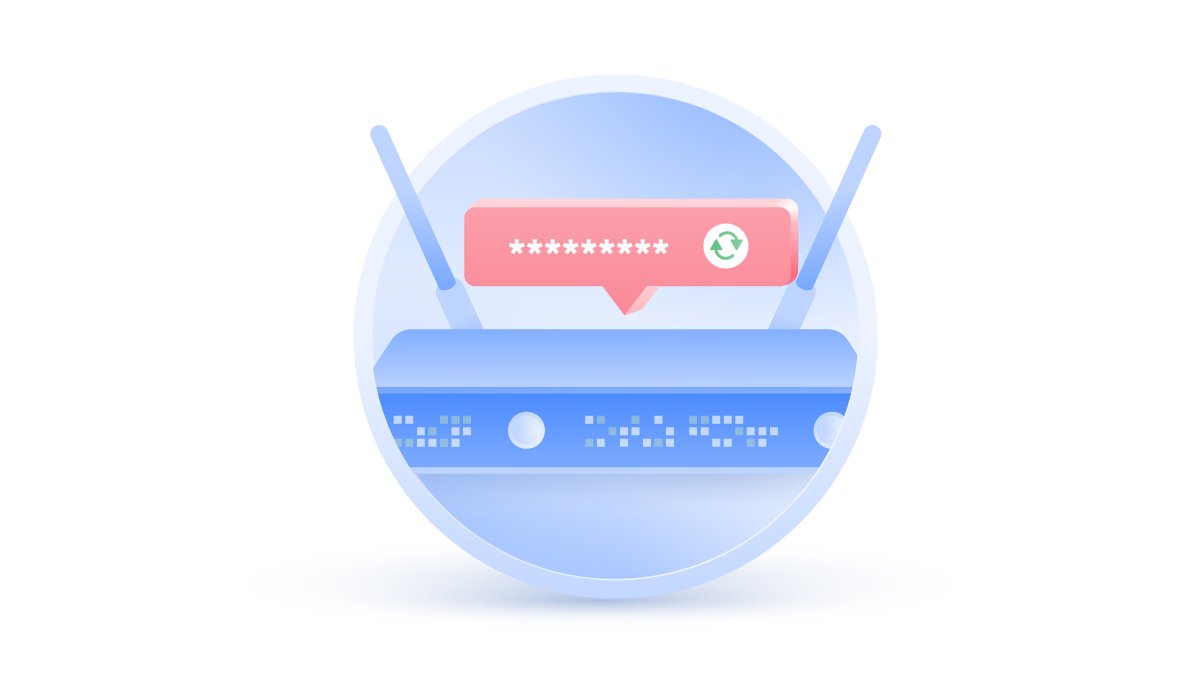What is a default gateway?
The default gateway is the access point between your local network and the rest of the internet. It’s a single piece of hardware through which all devices on your network can send and receive data. This mechanism facilitates a smooth internet experience, but people often forget how important it is – and how they can use it to make their devices more secure.
Malcolm Higgins
Dec 11, 2020 · 3 min read

So what is a default gateway, and how can you find your default gateway address?
What is a local network?
Throughout this post, we’re going to be discussing the default gateway and its role in your “local network”. But what is a local network?
In this instance, we’re using the term to refer to a Wi-fi hotspot and all the devices connected to it. Whether in your home, at the office, or in a public space like a cafe, most networks consist of one router (the source of the Wi-fi) and various phones, laptops, and other connected hardware.
A great example is that of the home network. The router in your house or apartment forms a network with any connected devices, from your games console to your smartphone. Devices on the same network can communicate and share data very easily: when you’re casting a movie from your laptop to your TV screen, it works because both pieces of hardware are using the same Wi-fi.
What exactly is a default gateway?
A default gateway is the piece of hardware that sits between your home network and rest of the internet. As the name suggests, it is the gateway between your local network and the rest of the internet.
In most local networks, the default gateway is the Wi-fi router. It allows you to reach servers and devices outside of your network. Without it, browsing the internet would be a much more laborious effort.
What is a default gateway address?
Your default gateway address will usually be your router’s IP address. That’s right: your Wi-fi router has its own unique IP tag. This identifying code allows information to reach your network, and it’s worth knowing how to find it for yourself.
Knowing how to find your default gateway address can help when you’re troubleshooting, or setting up smart devices and IoT hardware around the home.
You can find your default gateway address through a computer or on your phone. Whether you’re using MacOs, Windows, iOS, or Android, here’s everything you need to know.
How to find your default gateway address on Windows
- Search for Control Panel through the Windows search box.
- Click Control Panel, and Network and Internet.
- Click Network and Sharing Center.
- Click Ethernet, and Details.
- The IP address will be listed beside IPv4 Default Gateway.
How to find your default gateway address on MacOS
- Open the Apple menu, and click System Preferences.
- Click Network, then select the network to which you’re connected.
- Click Advanced, and open the TCP/IP tab.
- Your default gateway address will appear beside Router.
How to find your default gateway address on Android
- Select Settings and Wi-Fi.
- Select your network connection.
- Select Modify network, and Advanced options.
- Change your IPv4 setting to Static.
- Your default gateway IP address will appear under Gateway.
How to find your default gateway address on iOS
- Go to your Settings and select Wi-Fi.
- Select the i, which appears beside the network connection.
- Your default gateway address will appear under Router.
Locking the gate: how to secure your network
As your default gateway, a router can give hackers and cybercriminals access to the entire local network. An unsecured router is a prime target, and can easily be manipulated to expose your private data.
But there’s good news too. You can actually install NordVPN directly onto your router, securing your default gateway. When you protect that crucial access point, you protect anydevice connected to it. NordVPN can encrypt the data on your local network, so even if your default gateway is hacked, no information will be compromised.
By installing a VPN on your router, you’re strengthening the security of every device in your home or office. A default gateway is the link between your devices and the wider world: guard it with NordVPN.
Whether it's your default gateway or your user device, you deserve to be secure at home and on the go.


